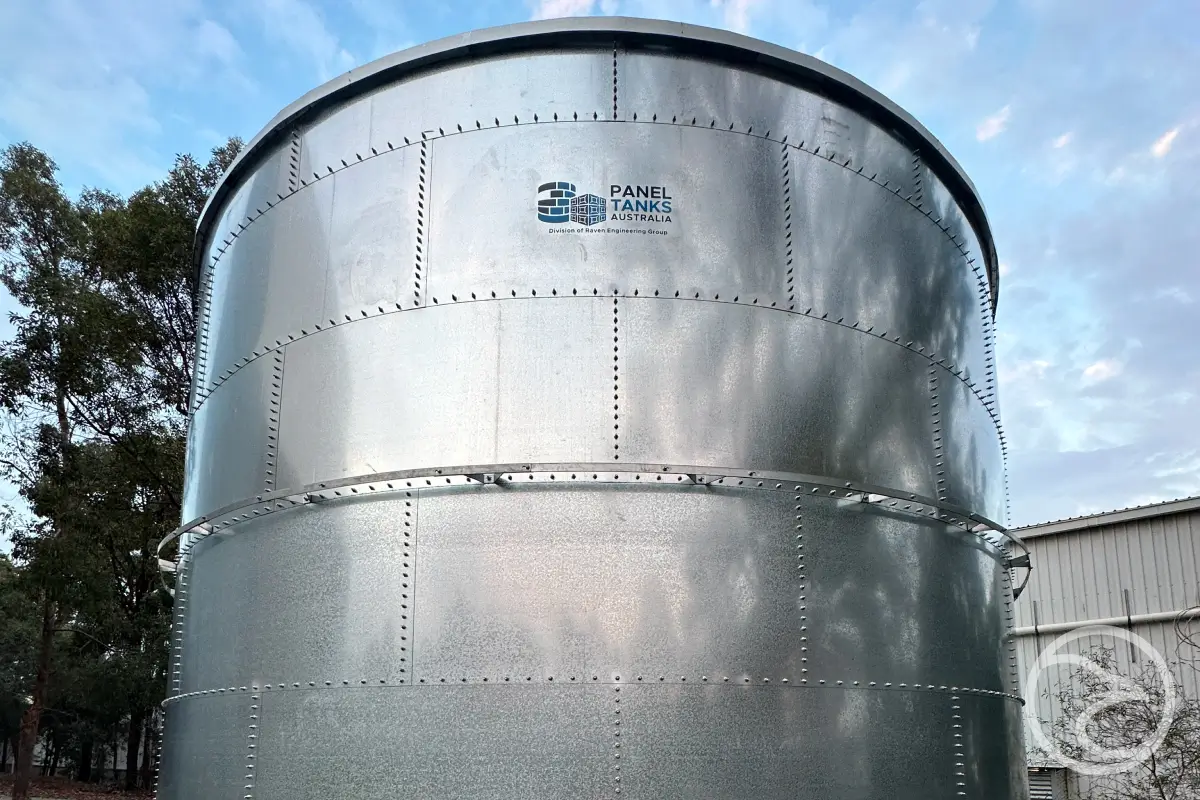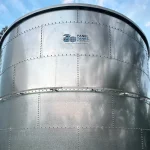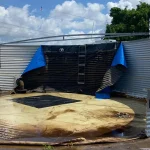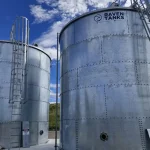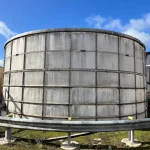Steel water tanks are essential assets for industrial, commercial, municipal, and fire protection systems across Sydney. However, even the highest-grade steel is vulnerable to one persistent threat — corrosion. When left unmanaged, corrosion can compromise structural integrity, contaminate stored water, reduce pressure performance, and significantly shorten the lifespan of the tank.
One of the most effective long-term corrosion management strategies is cathodic protection for steel water tanks. This proven method is widely used across Australia and is especially important for facilities in Sydney’s coastal, humid, and industrial environments.
In this guide, Tank Inspections Sydney by Raven Tanks Australia explains how cathodic protection works, why Sydney facilities rely on it, and how regular inspections ensure peak tank performance.
What is Cathodic Protection and how does it Work?
Cathodic protection is an electrochemical process that prevents steel surfaces from corroding. Instead of allowing the tank’s metal to corrode naturally, the system redirects corrosion to a sacrificial anode or uses an impressed current to protect the tank walls and floor.
There are two main types:
- 1. Sacrificial Anode Cathodic Protection (SACP): Sacrificial metal rods (magnesium, zinc, aluminium) are installed inside the steel tank. These rods corrode instead of the tank structure.
- 2. Impressed Current Cathodic Protection (ICCP): A small electrical current is used to provide constant protection to large tanks or tanks in harsh conditions. This system is more controlled, long-lasting, and ideal for heavy-duty industrial applications.
Both methods significantly slow down or completely stop internal corrosion — one of the primary causes of steel tank deterioration.
Why Sydney Facilities need Cathodic Protection
Sydney’s environment accelerates the corrosion process, making cathodic protection for steel water tanks crucial for long-term system reliability.
- Coastal Air and High Salinity: Salt-laden air infiltrates vents and access hatches, increasing corrosion rates even in sealed tanks.
- Industrial Pollution: Areas near ports, factories, treatment plants, and busy transport corridors experience higher contamination levels.
- Temperature and Humidity Fluctuations: Expansion and condensation cycles encourage internal oxidation and structural weakening.
- Essential for Fire Water Tanks: Fire tanks must always remain operational. Cathodic protection helps prevent unexpected leaks and catastrophic failures during emergencies.
- Protects Potable Water Quality: Corrosion by-products — rust flakes, dissolved metals, and sediment — can contaminate drinking water systems.
For these reasons, many municipal, commercial, and industrial operators in Sydney use cathodic protection as part of their water tank maintenance strategy.
Key Benefits of Cathodic Protection for Steel Water Tanks
- 1. Prolonged Tank Lifespan: Slows corrosion by up to 90%, delaying the need for major repairs or tank replacement.
- 2. Improved Water Quality: Reduces contamination risks caused by rust, sediment, and metal particles.
- 3. Lower Long-Term Maintenance Costs: Fewer structural failures, fewer leaks, and extended coating/liner performance.
- 4. Compliance with Australian Standards: Supports inspection and maintenance requirements under AS 1851, AS 2304, and industry best practices.
- 5. Ideal for Large and High-Risk Tanks: Particularly important for fire protection tanks, industrial process tanks, and municipal water storage.
Signs Your Steel Tank Needs Cathodic Protection or System Upgrades
- Frequent rust staining inside the tank
- Premature coating or liner breakdown
- Increasing sediment levels
- New leaks around seams or floor joints
- Uneven corrosion on the tank floor
- Aging or depleted sacrificial anodes
If any of these issues are observed, a full tank inspection in Sydney is recommended to prevent further deterioration.
How Tank Inspections Sydney by Raven Tanks Australia Can Help
Our specialised technicians provide complete cathodic protection services for steel water tanks, including:
- Cathodic Protection System Installation (SACP & ICCP): Custom-designed protection systems for potable, fire, industrial, OSD, and stormwater tanks.
- Full Internal Tank Inspections: ROV inspections, drone surveys, confined space entry, and corrosion mapping.
Early corrosion can be identified through high-resolution ROV inspections (underwater tank inspections), which capture internal tank damage without draining the reservoir
- Monitoring and Testing: Checking anode condition, measuring electrical potential, and verifying protection levels.
- Steel Tank Corrosion Prevention Strategies: Including tank relining, protective coatings, roof repairs, and sediment removal.
- Annual and AS 1851-Compliant Reporting: Ensures fire tanks and commercial water storage systems meet regulatory requirements.
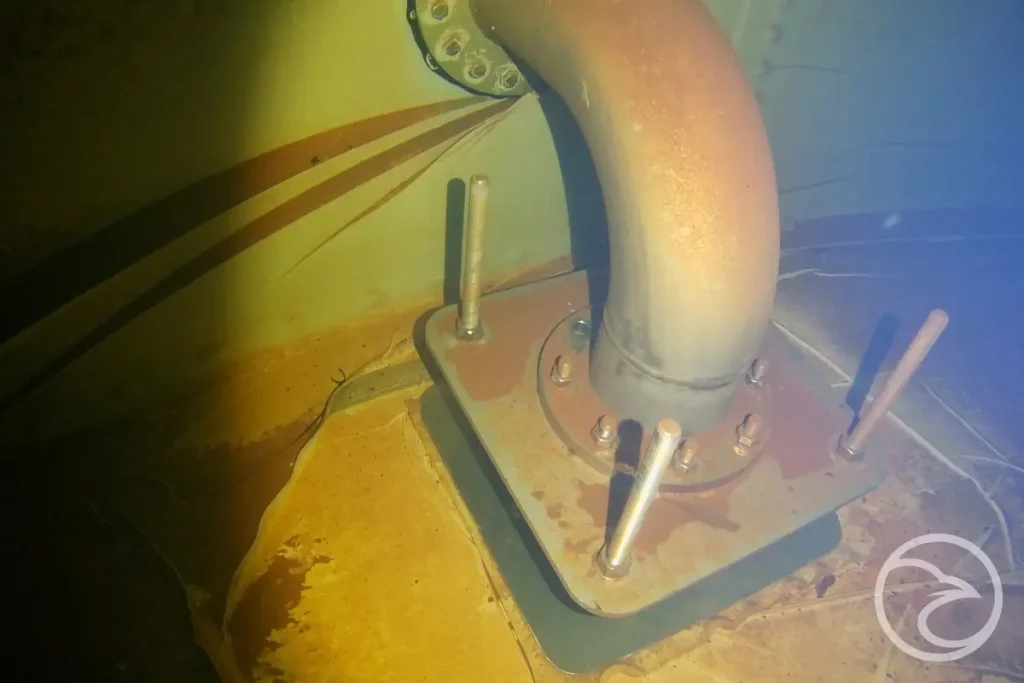
Protect Your Steel Water Tank with Professional Cathodic Protection
Corrosion can rapidly compromise your water storage system — but the right protection strategy can extend your tank’s life by decades. Whether you operate a fire, potable, industrial, or stormwater tank, corrosion control for steel tanks is one of the most effective long-term solutions available.
For expert assessments, system installation, and ongoing maintenance, contact Tank Inspections Sydney by Raven Tanks Australia today.
